Original Air Date 01.03.2017
In This Episode
Payne addresses the issue of several people who were in or around Tara’s house before and during the initial police search, including a conversation with Tara’s friend Mandy, who saw some oddities in how the house was arranged. Law professor Colin Miller explains evidence authentication and chain of custody protocols. Payne pursues the mystery of the black truck and who might have driven it, and he talks to someone who saw the truck that weekend as a kid. Maurice and Payne also tell us about messages from a mysterious face Facebook account belonging to “George Harrison.”
People in this Episode
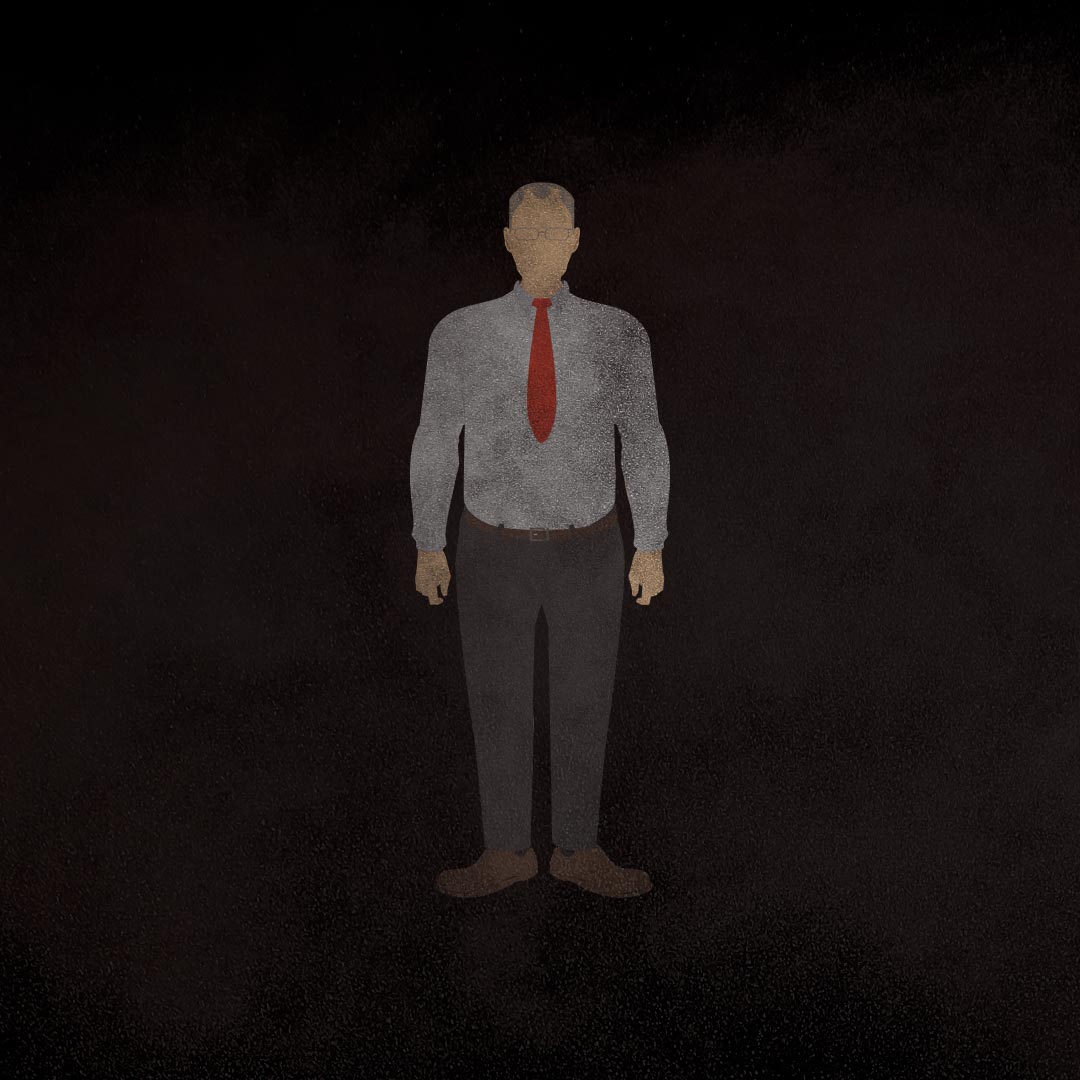
Heath Dykes
Chief - Perry Police Department
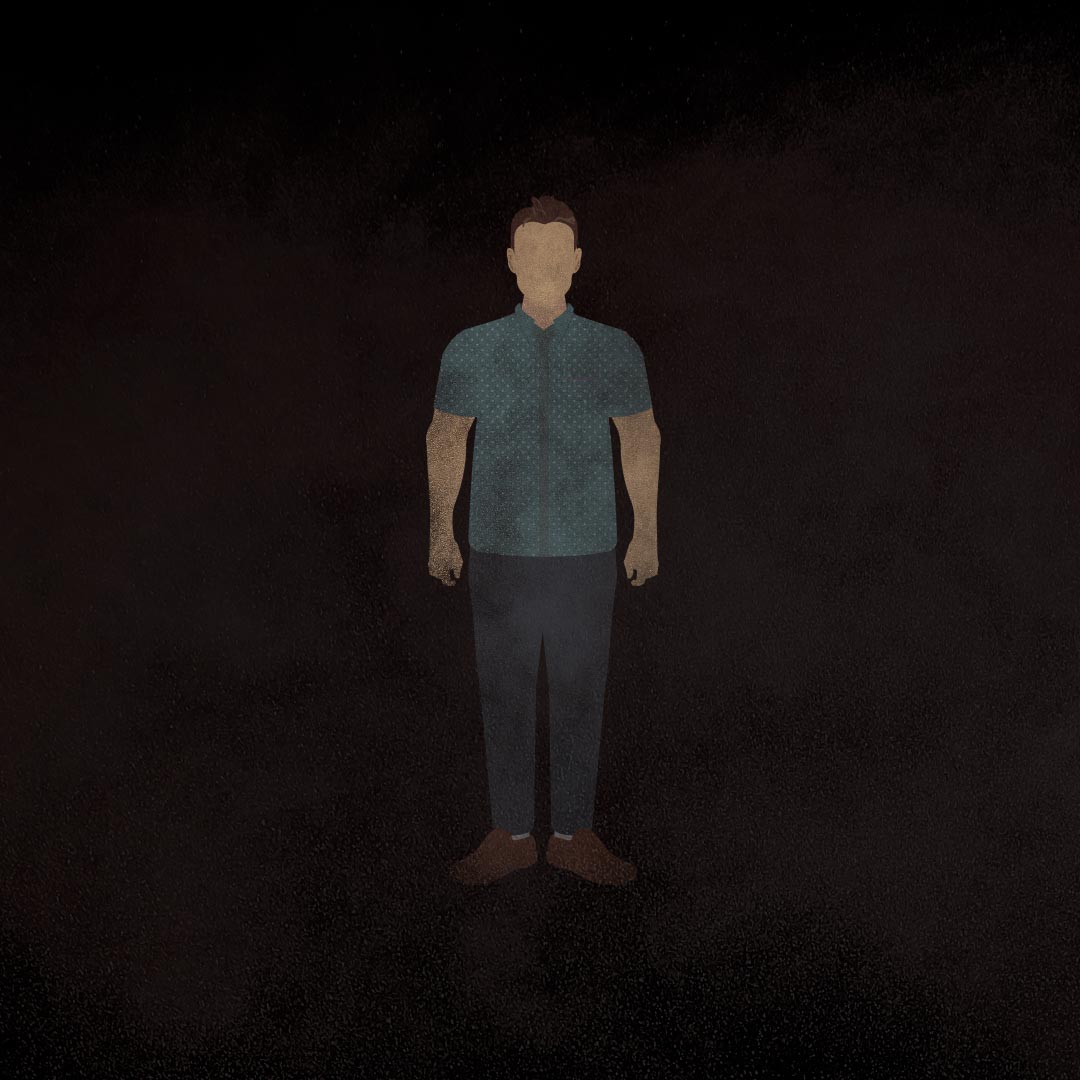
Marcus Harper
Ex-Boyfriend and Former Police Officer
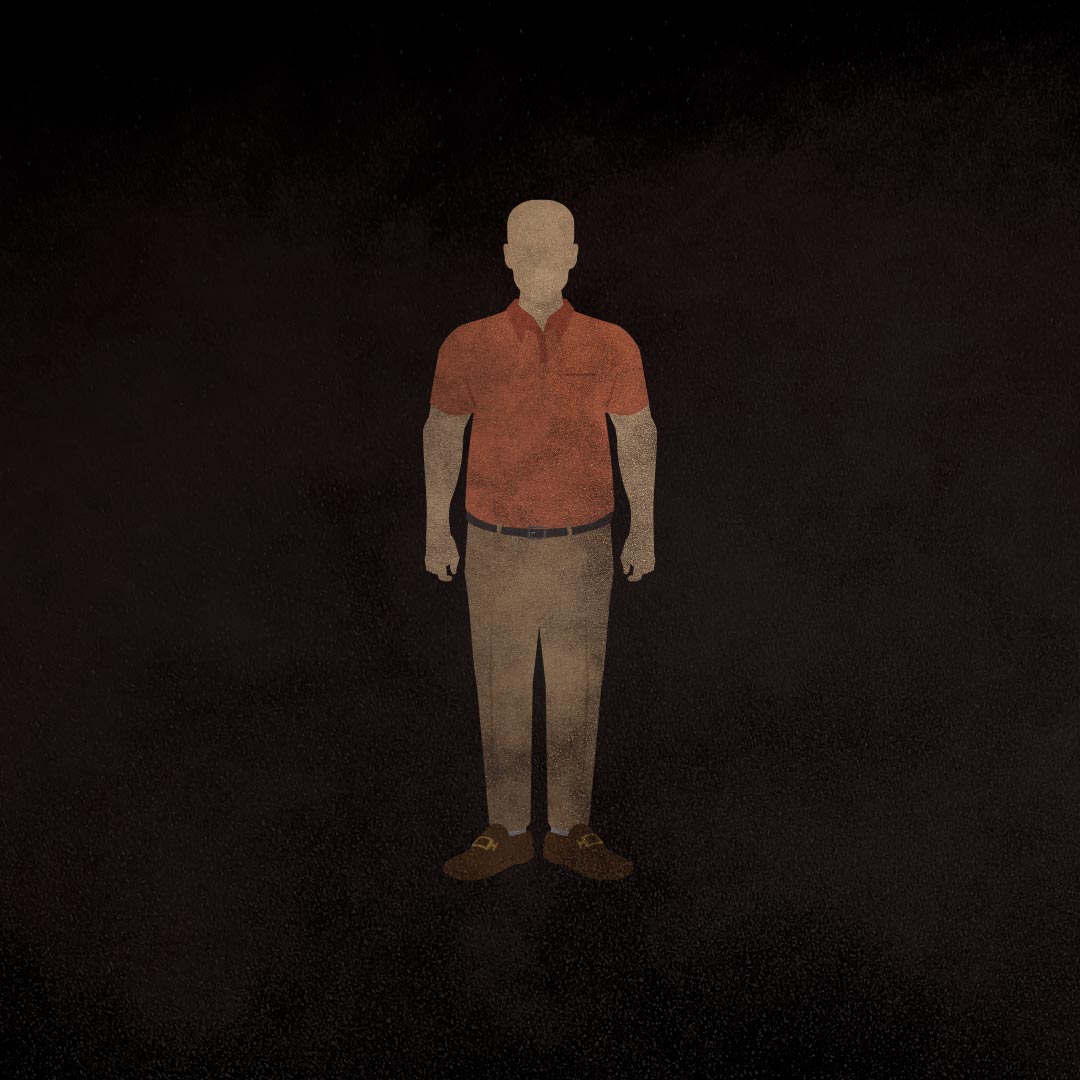
Joe Portier
Next Door Neighbor
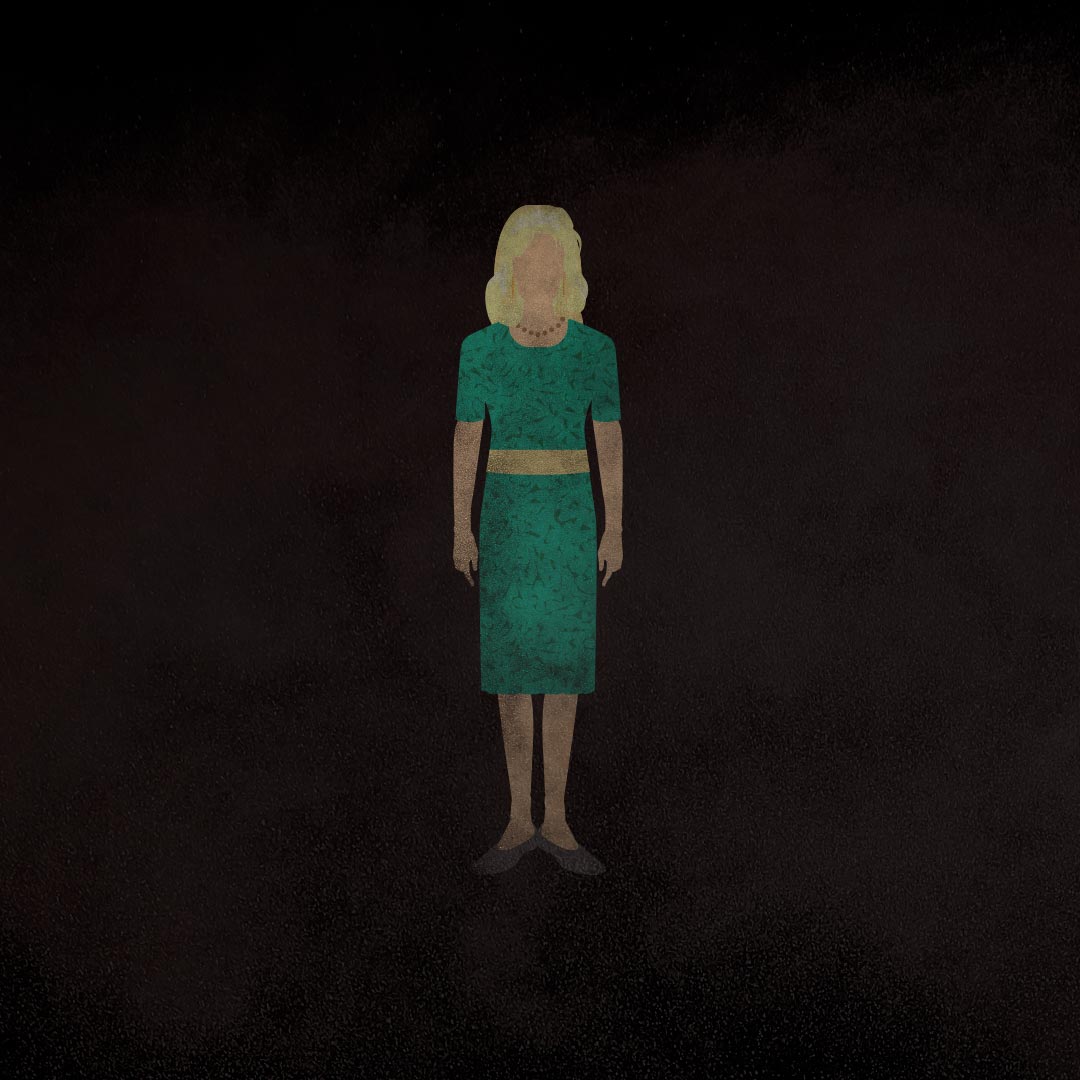
Anita Gattis
Older Sister
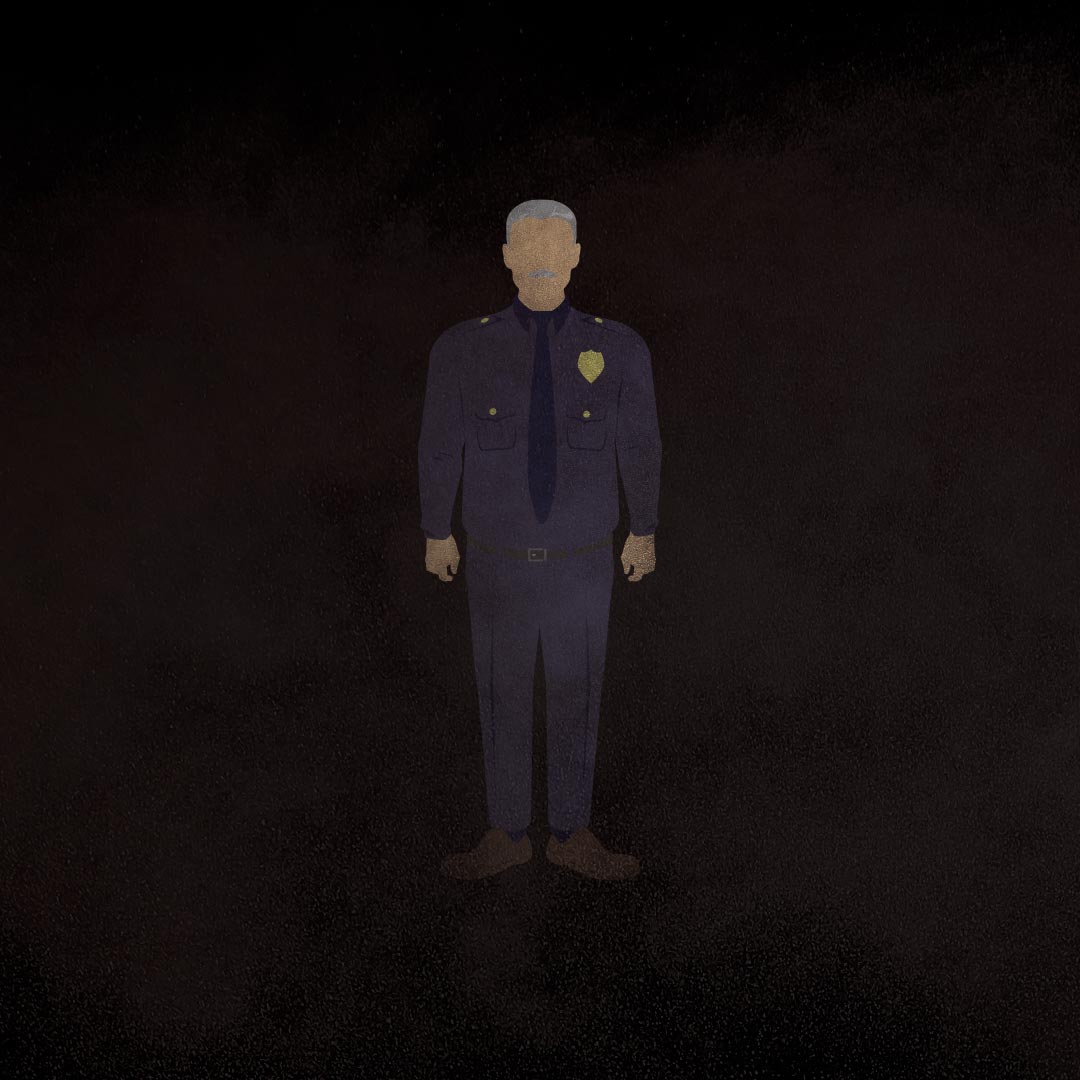
Billy Hancock
Chief, Ocilla Police Dept.
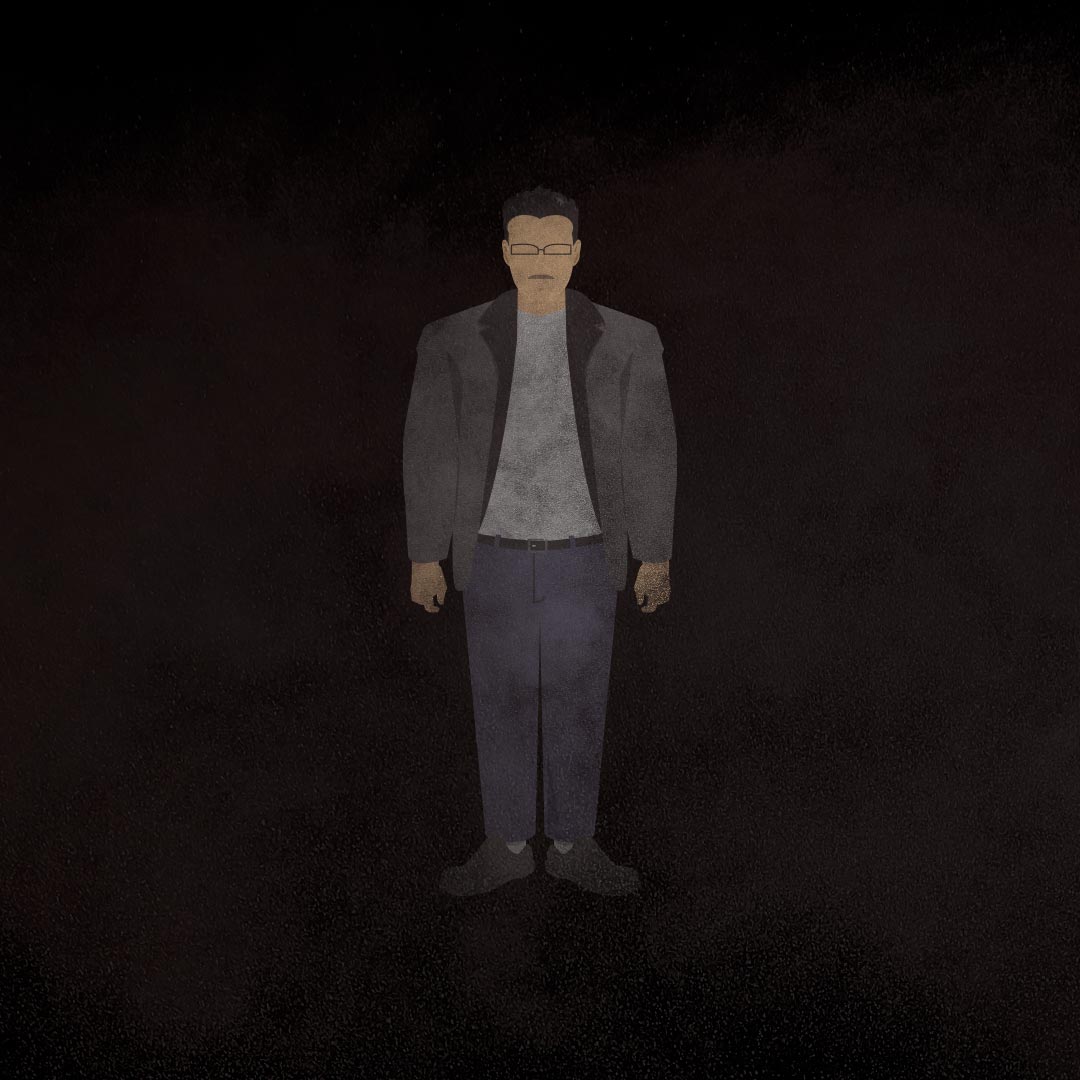
Dr. Maurice Godwin
Private Forensic Detective
Evidence in this Episode
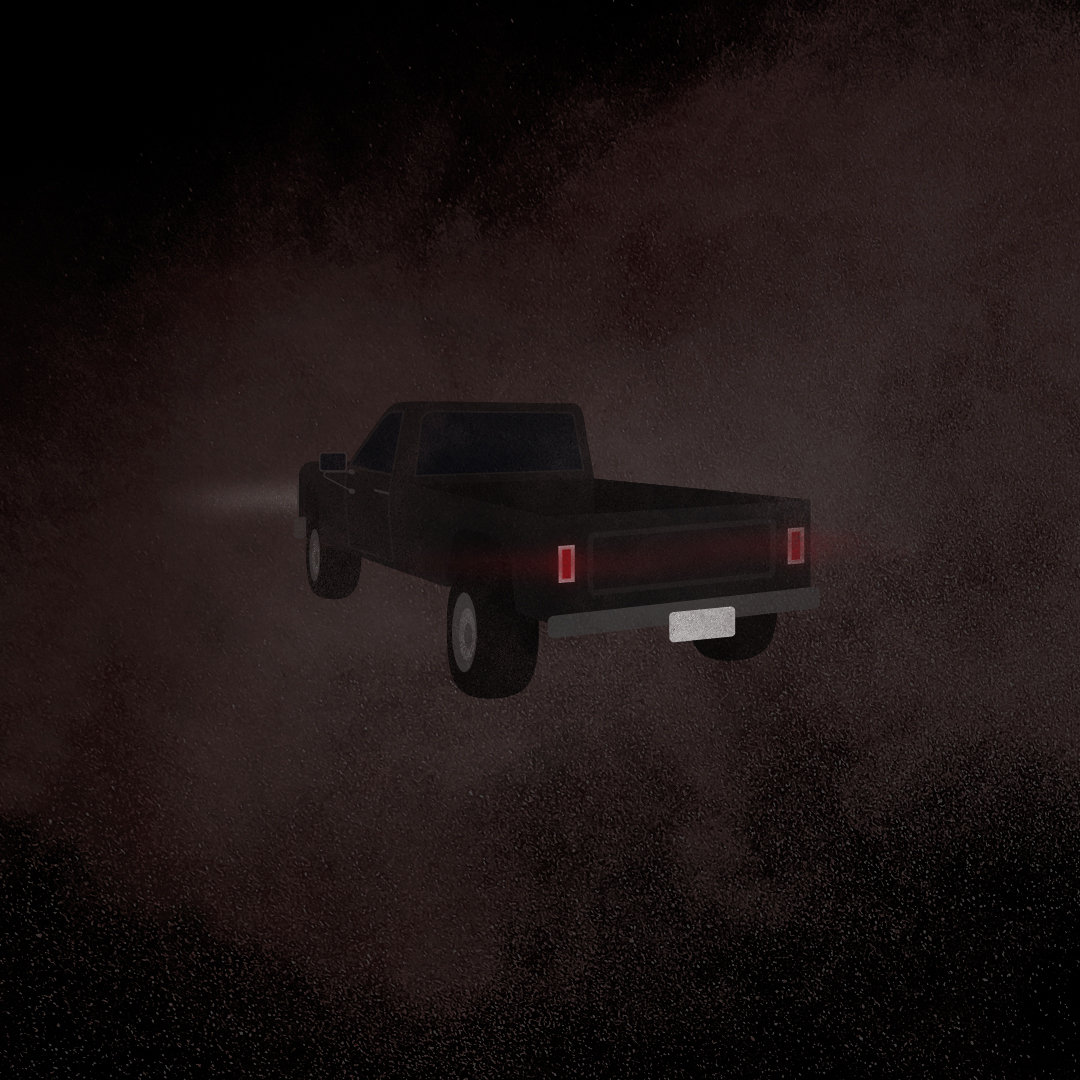
Black Truck
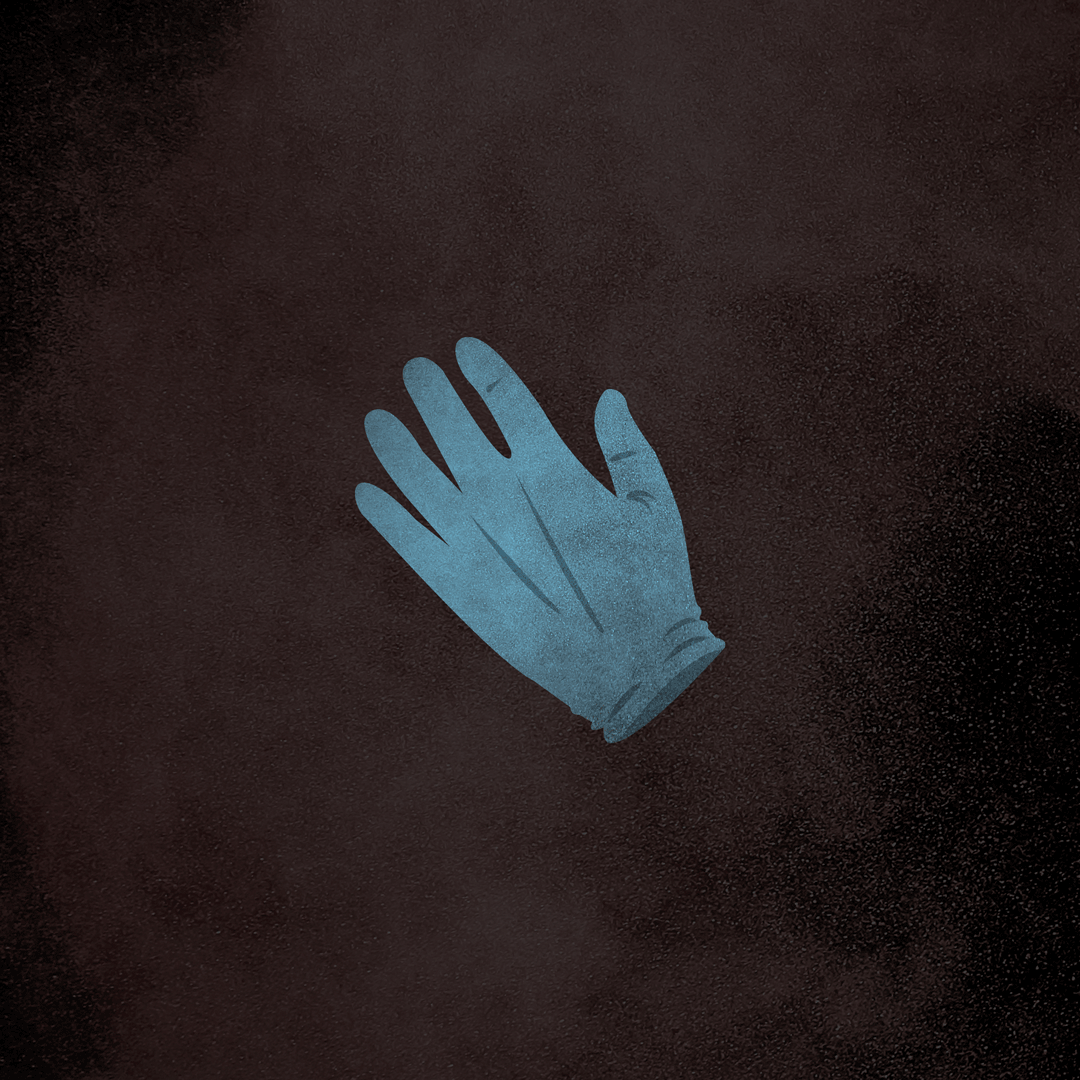
Latex Glove

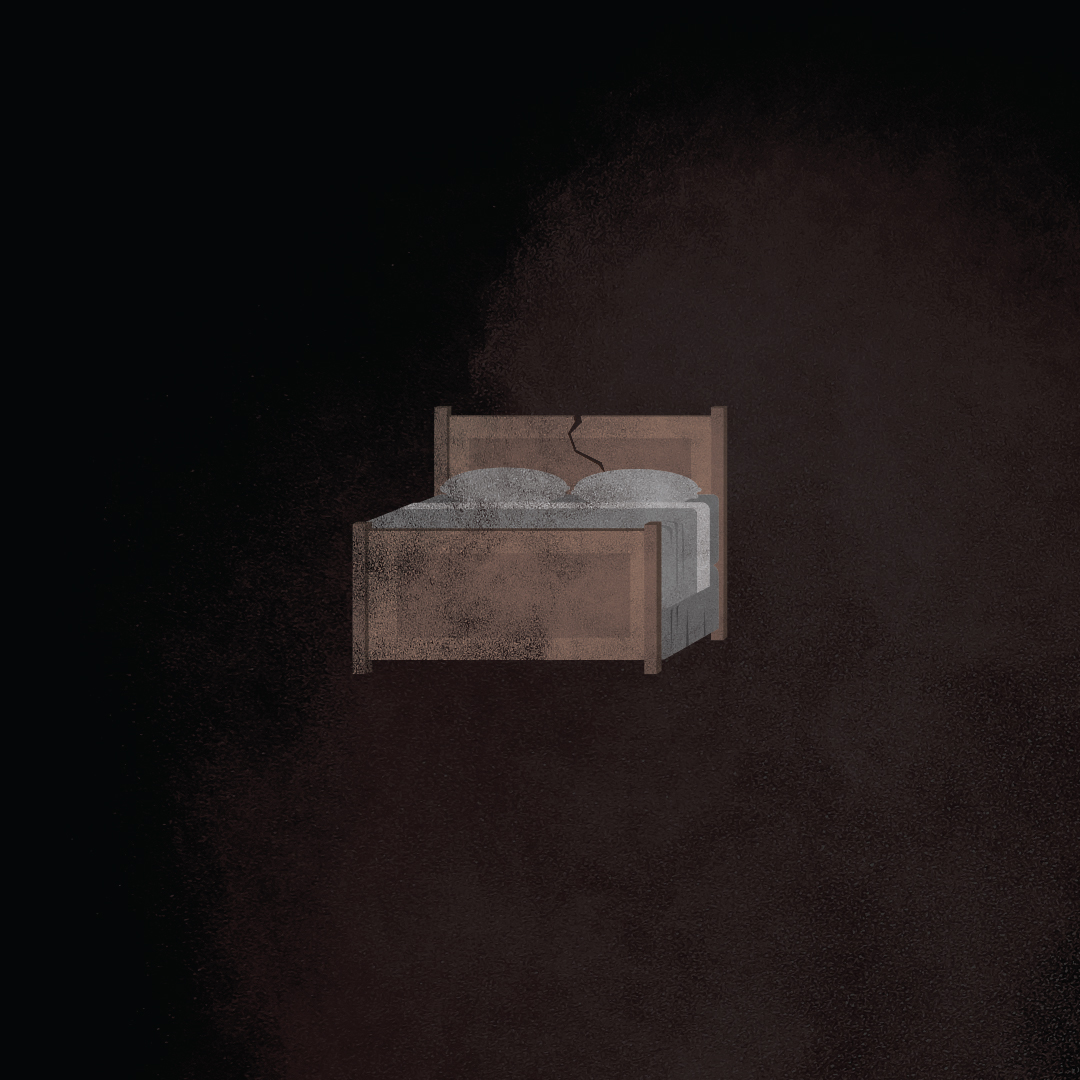
Tara's Bed
Transcript
Intro: Ten years ago today, marked the last time anybody would [inaudible 00:00:29] seen or talking with Tara Grinstead.
Officially, police are calling this a missing person's case. [crosstalk 00:00:32] where is Tara Grinstead?
Payne Lindsey: From Tenderfoot TV in Atlanta, this is Up and Vanished, the investigation of Tara Grinstead. I'm your host, Payne Lindsey.
At the end of the last episode, I talked to one of Tara's best friends. She wished not to be named, so I'll refer to her as Mandy. On that Monday morning when Tara was first reported missing, Mandy came to her house when the police were there to see if she could help figure out what was going on. She told me that she saw the latex glove that morning in Tara's front yard and that it was blue.
Tara's sister, Anita, in a previous news interview also said the glove was blue. This completely contradicted what I've been told by both the Ocilla police chief and Dr. Godwin, who both claimed the glove was white. Tara's friend, Mandy, also said that three days later the glove was sitting on a desk at the police station in a brown paper bag, unsealed. Here's what else Mandy told me about that morning.
Mandy: In this state on the way down there, I remember thinking, "Okay, I watch CSI, okay?" Now what am I going to be looking, I mean, that's stupid, but that's how I was thinking, like, "Okay." So I took her phone, yeah, I know, what can I look for and when I was back, actually they had broke it off, the family, you know, we were able to get me in. Her bed had been made. Somebody made up her bed. Like, her bed was not made. Her bed was where two pillows were she had been sleeping had been sleeping, I mean why would they make the bed. Who made the bed?Nobody could ever tell me who made the bed.
Listen to this, he had a cat that was inside the house and would go in and out. And the cat was in the house. Well, I don't know the cat would come in and out of the house, or whatever, but I'm not kidding you.
Those litter box was completely clean, like just been swept or just been raked. And to me that's weird, because even if that cat had been coming in and out of the house all day, it still seems like to me would've been, had some in there. Okay, why would somebody clean the litter box. Because if she'd been missing since ... she hadn't been seen since Saturday night and there's no way that cat ... that cat has been in there some ... that cat would have gone to the bathroom. I mean, cats go a lot. There was so much in and out of that place, like they didn't take it serious.
Payne Lindsey: In terms of physical evidence in this case, the latex gloves without a doubt, the biggest thing investigators found but all this confusion over the color, and the possibility of it sitting on the desk for three days unsealed raises some big questions, in my opinion. Just how reliable is this glove. Could have been tempered with? And if they ever did get a DNA match on the glove, would still hold up in court? I decided to call an expert to weigh in on this. Colin Miller is a professor of law at the University of South Carolina. He's also one of the host on the popular podcast series Undisclosed. He's also an avid listener of Up and Vanished. And I felt we could learn a lot from his input.
Colin Miller: Before a party can admit any piece of evidence at trial, they have to authenticate it, which means they have to establish the evidence is what they claim it to be. So if they're saying, "This is the bag of drugs we took from the suspect," or "this is a knife we ceased from his home", you have to authenticate that and so, one component of authentication is chain of custody. And that's essentially accounting for each set of hands that held the evidence between seizure and trial. And the point of that is to establish that this is the same piece of evidence, en substantial the same condition, as opposed to either another piece of evidence that was mistaken for this piece of evidence, or the same piece of evidence in an altered or contaminated condition. And so in Georgia for instance, the test is do we have reasonable assurance that this is the same item and substantial the same condition?
And the way it works is this. If you have minor gaps or problems in the chain of custody that's not gonna prevent the evidence from being admissible, but it can be weighed by the jury as evidence of possible issues, if we have major or issues in the chain of custody, though. That's going to prevent the admissibility of the evidence at all.
Payne Lindsey: When an investigator finds a piece of physical evidence, at a crime scene, that needs to be tested what is the proper protocol and procedure from that point forward to assure that it's done the right way?
Colin Miller: So the way it works with chain of custody is, that investigator would collect that evidence, put it in a sealed container and they would attached what's known as a chain of custody form. On this form, that investigator would write their name, the date and time of collection and there's a line that usually says collected by, and that person who collected the evidence would put their name there, and they would put the reason why collected the evidence. Like, this is a glove we've found at the crime scene. And then, essentially, as each person gets that piece of evidence, like a forensic chemist to test it, they're going to write their name, and the date and time under the received by line, and so on and so forth. Each set of hands that handles the evidence, they essentially sign off on it, put the date and time so we ensure that we know this is the same piece of evidence from point a to point z.
Payne Lindsey: Well, in Tara's case there were several witnesses that told me they saw the latex glove sitting on a police officer's desk three days later, unsealed, in a brown paper bag. If that were in fact true, how would that play a role in prosecution or defense later on in this case?
Colin Miller: Yeah, that probably goes along the lines of what I would call a minor gap in the chain of custody and there's actually a case, at the 11th circuit, and that is the federal judicial circuit that covers Georgia, it's United States versus Scott. And that was a case where they ceased drugs and guns from the defendant's apartment and they kept it unsealed in an evidence vault for between one day and more than a month. And the defendant objected and said, like in chain of custody and what the court said was, you did present evidence, it was unsealed for a significant amount of time, but you didn't present any evidence of any alteration or tempering. And so, baring that the evidence comes in. It's a problem with chain of custody, it wasn't unsealed but it's not fatal.
And of course you could, indeed, argue to the jury that this was a problem and it could've led to contamination, but in the absence of ... in your case, in the Tara Grinstead case, or in this case, any specific evidence of tempering, that's just something the jury would weigh and wade to the evidence. So if this case went to trial, and there was a positive match based upon the testing of the glove, that would likely go to the jury and, of course, the defense could argue, "This wasn't unsealed, it was in a paper bag for a few days."
Payne Lindsey: In Tara's case, based on the information that I provided you and what you may have learned, or heard in the podcast, about the confusion of the glove's color, it sitting on the desk, in your opinion, is this glove a reliable piece of evidence?
Colin Miller: I think that's, once again, something where the court would find it's still admissible, any testing done in the glove, and then defense could challenge it based upon it's sitting on the desk, but probably that wouldn't let to too much doubt in the jury's mind. In terms of the confusion over the color, that I think the defense there, in a potential prosecution, would have a stronger case to say, "Look, this confusion over the color means we don't know if this is even the same glove. And that undermines any credibility the state's case has." So that might be a stronger argument in terms of the color, as opposed to it's sitting on the desk.
Payne Lindsey: What I've been told is, from two different people, that they saw the glove that morning and it was blue. I talked to the police chief, Billy Hancock, he said it's white, Maurice Godwin says it's white, Tara's sister and her best friend both saying it's blue. That to me, if true, would be a big deal, I feel like.
Colin Miller: Yeah, and it's not something like a blue green difference where you could say, "Well, people see things slightly differently or they could be colorblind. Blue versus white is a fairly stark difference." So I think exactly the defense in a potential prosecution would say, "This really undermines any faith that we had that this is the same glove. And really you can't rely upon it in finding guilt beyond reasonable doubt."
Payne Lindsey: Weeks after Tara went missing, the Nancy Grace Show aired a series of live interviews with prominent people in this case discussing the latest developments. And one of the main topics was that latex glove. On November 8th 2005, Nancy Grace interviewed a man called Tim Sturrock, a reporter from Making Georgia who had traveled to Ocilla to get the latest updates. Here's the transcript from the interview.
Transcript from Nancy Grace: Nancy, "What can you tell me tonight, Tim, about a latex glove reportedly found on day one by the police in her front yard?" Tim replied, "Well, Ocilla police chief Billy Hancock told me that they found a latex glove outside of her house shortly after she was reported missing. They handed it over to the Georgia Bureau of Investigation for testing. They're going to see if they can find any fingerprints. They're going to do some DNA testing, and that could take weeks. At this point, they don't really know if it had anything to do with this or not."
Nancy stated it keeps being referred to as a latex glove. A latex glove. "My first question was, you mean a rubber glove you wash dishes with, or a latex glove that you perform surgery with? Which one is it, Tim?" Tim replied, "It wasn't a dishwashing glove. It was more the type of glove that you'd be familiar with at, like, a doctor's office."
Payne Lindsey: Nancy Grace then spoke to Tara's sister, Anita Gattis, about the glove.
Transcript from Nancy Grace: "Anita, what do you make of this latex glove being found in her front yard?" Anita replied, "Well, I was actually told about the glove from day one. It's a type that paramedics, police officers, that type of glove that they routinely keep. So I've been very, very anxious to hear some results from this testing on this because this is not something that we just have around our homes." Nancy stated, "Well, I got to tell you something, Anita. I've never woken up with a latex glove laying outside my door or in the front yard or in the backyard or in the driveway. And at first, my question was, was it the type you wash dishes with? But that's commonly called a rubber glove. This is a latex glove. I don't like this about the latex glove." Anita said, "I do not either. My husband is a physician and I'm the lab manager, and I wear latex gloves every day at work, but you do not pick them up at the grocery store. It's not something that normal people have."
Payne Lindsey: On January 13th, 2006, a little less than two months after Tara's disappearance Nancy interviewed Tara's neighbor, Joe Portier. During the interview, Joe revealed a very crucial piece of information, something I've never knew. And something I've never heard discussed before.
Transcript from Nancy Grace: "Did you notice anything unusual the night she went missing?" Joe replied, "Nancy, I was gone all morning. I returned home for lunch. And there was a lot of girls in and out of Tara's house. I knew she was fixing their makeup. As a matter of fact, she was doing my granddaughter's, who was 9 years old, being in the first pageant that she'd ever been in. Tara was helping her out. So I walked over to see how she'd fixed my granddaughter up. And of course, Tara was real proud of what she had done for Mary Beth. But that was the last time I saw Tara." Nancy said, "Joe, your yard was perfect. It looked like it was from home beautiful, as did Tara Grinstead's. You two often worked in the yards together. Now, would it have been like her to have a latex glove found in her front yard?"
Joe replied, "I would not think so, Nancy. After I'd called the local police when we couldn't find Tara in the house that Monday morning, I walked back to the front porch talking to the chief of police on my cell phone. And that's when I spied the latex glove. It was actually before the police got there."
Payne Lindsey: The narrative that I've always known is that Tara didn't show up for school that morning. The Ocilla police were notified, and they were the first to arrive to her house, but that wasn't true. Joe, Tara's neighbor, he was the first person at her house. And he also was the first person to find the latex glove. All before police got there. I didn't want to overanalyze this but it seemed like a really big deal. The whole narrative in my head for Monday morning completely changed. I met with Maurice to talk about this.
Maurice: Well, initially brought the attention of something wrong. She didn't show up in her classroom and somebody from school, and Diana Harper went to the house.
Payne Lindsey: And who is Diana Harper?
Maurice: Marcus' stepmother. She worked in the board of education. There's several people from her school, came to her house looking for her. And Joe let those three, himself, and those two other people into the house.
Payne Lindsey: I've found that sort of odd too. Marcus Harper's stepmom, Diana Harper, worked in the board of education of Irwin County. When she heard Tara didn't show up for work Diana and some people from school drove to her house. One important thing to note, Diana should not be confused with Marcus Harper's biological mother, Nancy, who Tara was emailing. Diana was the stepmom. Joe, the next-door neighbor had a spare key to Tara's house and he let Diana and the other people from school inside her house that morning.
Anything else weird to you about Joe being there that morning? It just seems like he was first on the scene.
Maurice: Oh he was now.
Payne Lindsey: He found the glove.
Maurice: He did.
Payne Lindsey: And then he was on the phone with the police, which was Billy Hancock.
Maurice: He found a glove but I was told that he picked it up, somebody told him to put it down.
Payne Lindsey: If Joe touched the glove, then ...
Maurice: Well, the transference of ... if it was just minor, wouldn't leave any skin cells, no. If it was just minor it wouldn't. Well, he was swabbed, all of them were swabbed. But here's the thing about if If all of Saturday night did not in the wee hours of Sunday morning, her car was home, you never saw the light on it at all, never saw the light on at all. The car was home. What I'm just saying is all that darkness, all that hours, all that through Sunday morning when it was still dark, her car was home, but there was never any light. They never saw any light. But that one particular time never raised into suspicion.
Rob: On April 18th, 2006, The Tifton Gazette newspaper released an article about a new witness in the Tara Grinstead case. The article states, "The sister of Tara Grinstead believes that a newly discovered witness could shed light on the teacher’s October 2005 disappearance. And her sister Anita Gattis believes that a man spotted at the teacher’s home the following night might have had a hand in the disappearance.
Gattis said that the witness tells a story that could point authorities in the direction of Grinstead’s kidnapper or killer. The witness lived out of town and visited Grinstead’s neighbors on October, 23rd, Gattis said. She said that between 8:00 and 10:00 that night, he spotted a man parked in Grinstead’s yard in a black 1990s-model truck. He described a man in his late 20s or early 30s. She said the witness spoke to the man in the truck. 'He made a verbal contact with him,' said Gattis. 'The witness said they were very hostile words.' She said that there have been leads in tracking down the black truck driven by the suspicious man.
When asked why the man did not come forward with the information previously, she said it could have been that he thought the information was insignificant or that he was afraid. There is a fear factor involved with this case. She said that there is an environment of fear because so many people involved with the case wear badges."
Payne Lindsey: Since the first time I met with Dr. Godwin about this case, he's told me about this mysterious black truck. We heard several episodes back, someone described a friend who was almost ran over by a speeding black truck on the night Tara disappeared. In O6 Godwin found another witness, a young kid. He also claimed to have seen the man inside the truck, but when police went to interview him, he got scared and clammed up, and never spoke about the black truck again. I spent months trying to find this kid, but I never had any luck. Finally, just this past week, I was able to get ahold of him.
Person who saw Black Truck: That little black truck four ranger, and had deep chrome wheels and they sort of stood up, like street tires.
Payne Lindsey: Was it for sure black or was just dark?
Person who saw Black Truck: For sure black.
Payne Lindsey: What time a day did you see it?
Person who saw Black Truck: Probably like late in the afternoon, during the weekend, the sun was going down, but it was daylight still. There were people about hour or so ‘til the sun will go down. It was in a yard. I was staying at the Moshay's house, a friend of mine. He lived next door to us.
Payne Lindsey: I've read somewhere there was somebody in the car, he may have talked to you or something. Is that true?
Person who saw Black Truck: No, sir.
Payne Lindsey: Did you ever get a look at the diver, at all?
Person who saw Black Truck: No, sir.
Payne Lindsey: So you never saw anybody in the car at all, or no one ever talked to you, or anything?
Person who saw Black Truck: Mm-hmm (negative).
Payne Lindsey: I read somewhere that somebody saw somebody inside the truck, and they said something to him, and it was rude or something.
Person who saw Black Truck: It wasn't me.
Payne Lindsey: Then who was it? I spent months trying to find this guy, but I felt like I didn't learn anything. I remember the police scared him off the first time and he clammed up. Was he doing the same thing now? I remember him saying he was going to a friend's house. A friend name Moshay.
Person who saw Black Truck: I was staying at the Moshay's house, a friend of mine.
Payne Lindsey: Was Moshay the kid who saw the driver? I felt like I was reaching a bit, but I called him back anyways.
Do you know if Moshay saw the person?
Person who saw Black Truck: He might have. You'd have to talk to him about it. He's scared to talk about it, because last time we were cooperating and doing like we're supposed to, they piss tested him and he piss tested positive for marajuana and they sent him to jail talking about that black truck. That was about the third time they questioned us about it and she lived right next door to him. I always hang out over there. We were talking about the truck and the rims and all that he was about to sing somebody on his part and then they decide to piss test him. Those devils.
Payne Lindsey: So they just, out of nowhere, just did a drug test?
Person who saw Black Truck: Yeah. He was on probation and they got him.
Payne Lindsey: Okay, so you think that Moshay saw the guy in the black truck?
Person who saw Black Truck: Yes, so he can describe it for you.
Payne Lindsey: How do I get ahold of Moshay, do you know?
Person who saw Black Truck: No sir, haven't heard from him in quite a while, that's unusual. It's very unusual.
Payne Lindsey: So there was still hope, it seemed, but only if I could track down Moshay. I haven't had luck yet. He seemed to be as much of the map as the other kid was, but I'll keep searching until I find him. And if what he told me was true, maybe we could finally get a description of this man. The man inside the black truck, but in the meantime, among the people that we do know in this case, who drove a black truck? I asked Maurice this question.
Of the people that we know in this case, who drove a black truck?
Maurice: Dykes.
Payne Lindsey: Heath Dykes drove a black truck?
Maurice: Yeah. Like a '90s black truck.
Payne Lindsey: What did Marcus drive?
Maurice: He drove a burgundy Ford F150.
Payne Lindsey: Burgundy, not black.
Maurice: No, but I think his stepfather, he had access to some type of black truck, but I don't know what kind. But I don't think, I mean, he would be using a stepfather's truck. He's the only one I know of that drove a black truck.
Payne Lindsey: What's Heath Dykes' alibi for Saturday night?
Maurice: His wife, watching football.
Payne Lindsey: Where?
Maurice: Home.
Payne Lindsey: At his house.
Maurice: Yeah.
Payne Lindsey: That's it?
Maurice: Yeah.
Payne Lindsey: He can go anywhere and-
Maurice: Well, he must have went somewhere because he called Tara at 10:20 PM at the barbecue. I'm sure he didn't do that from the living room.
See, when you're a detective or something like that you can say, "I got a call", right? So you have a legitimate excuse just to be away from home, right? But his wife said he was home watching the ball game. But he found time at 10:20 to call Tara. As far as I know, that's his wife, it's his alibi for Saturday night.
Payne Lindsey: A lot's happened since I've started this podcast and honestly I would've never expected to learn as much as I did about this case in really such a relatively short amount of time. The podcast itself opened up doors in this case thaT I thought were sealed shut. People who at first wouldn't talk to me, are now starting to open up. And my plan for the documentary and the podcast itself, have been constantly changing. Slowly evolving into what it is now. In the past I told you this podcast would be a total of 12 episodes, but that's just not possible. I'm extending the Up & Vanished series on Tara Grinstead to 18 episodes. Out of respect for Tara, the sheer complexity of this case, and the surge of new leads that have come my way, squeezing this story into 12 episodes would do no justice.
And just so I don't leave you hanging, I'm going to share with you right now something that happened to me, when I first started investigating this case. Just a month or so after I met Maurice Godwin.
Maurice: It's a fake Facebook account, he changed his profile picture too. Somebody has said something to him about the pitcher.
Payne Lindsey: When I first started digging around in this case, back before I even released the first episode of the podcast, Maurice started getting weird messages on Facebook from a fake account and the creepy thing was, the messages were about me.
Maurice: I've searched for all those pictures in there, even to highlight just the facial area and there's absolutely no match in anywhere on Google, anywhere. And he's put up another post. It's just weird what they wrote. As far as you know, you don't have any knowledge of who this is.
Payne Lindsey: Zero knowledge.
The name on this fake Facebook profile was George Harisson and he was sending messages to Maurice using my name before I even put the podcast out. Someone was watching me very closely, we tried forever to find out who it was, but it was impossible.
Maurice: The thing that concerns me is, this might be somebody that has some information.
Payne Lindsey: We've ran his profile picture in every search engine on the internet, but didn't find anything. For a while, I was afraid to mention this on the podcast, but I decided it was time to call him out. On the next episode, I'll be sharing with you these messages and this crazy journey I've been on trying to find this person's identity. From this point forward, this case takes some weird turns and I'm hoping that together we can start to build a clear picture of what happened on October 22nd, 2005.
Coming up this season, on Up and Vanished.
Unknown speaker 1: This items were found approximately six feet in the ground.
Unknown speaker 2: And he was going to wrap my body up in the same blanket as Ms. Grinstead.
Unknown speaker 3: I think it's a very good tip, I think it's a very good tip, I sure do.
